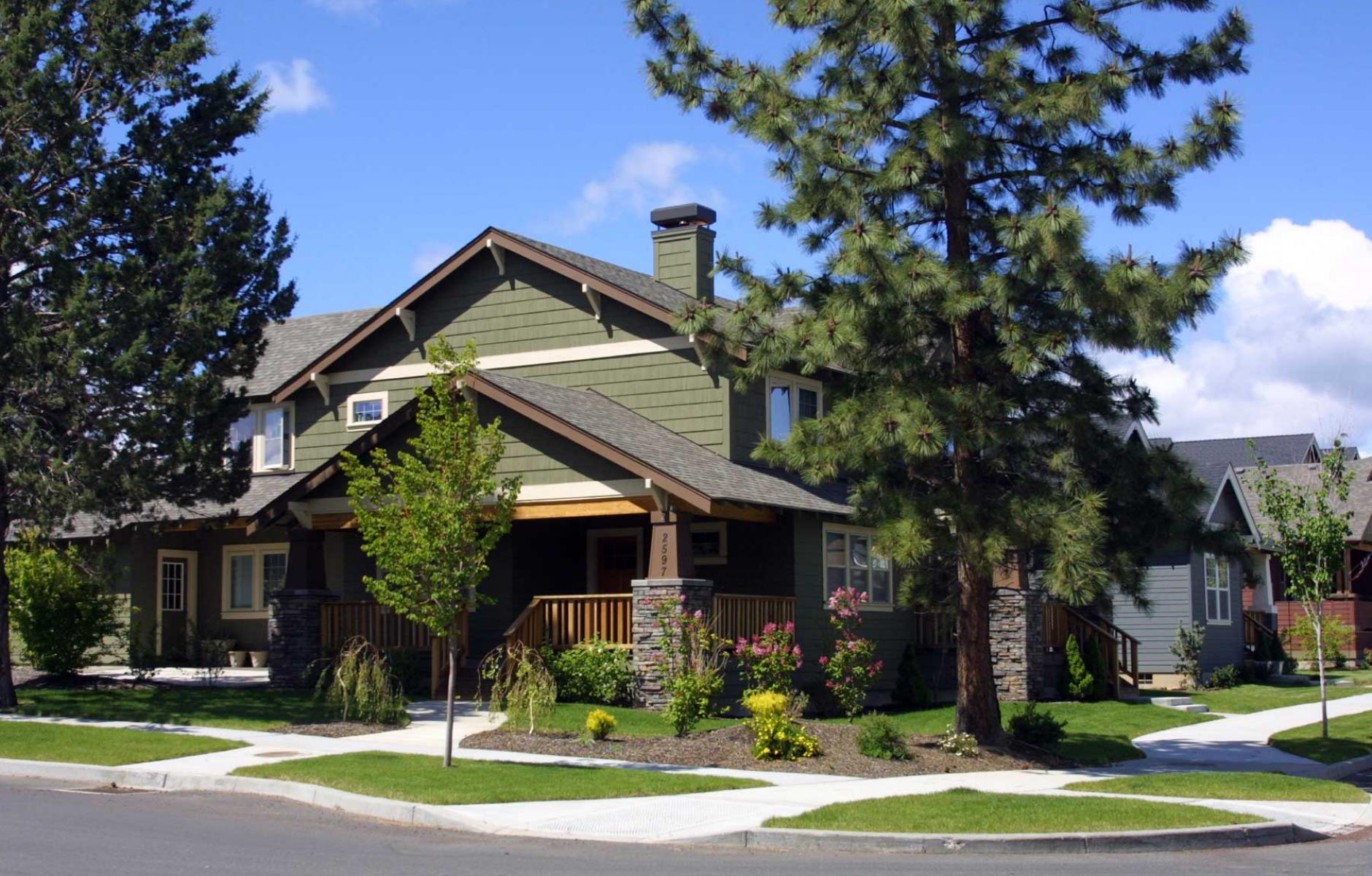
The New Urbanism influence on Oregon’s pioneering zoning reforms
The State of Oregon adopted significant zoning changes in 2019 that allow two-unit structures across most of the state, and three-unit housing on lots in larger communities. “This doesn’t ‘abolish the suburbs,’ but it does ensure that a wider variety of house types are available in a wider range of communities,” writes Matthew Yglesias at Vox.
Stemming from that legislation, the state recently limited parking requirements for 58 municipalities with 60 percent of the state’s population.
These policies are important for Oregon and also are part of a larger trend involving other states and major cities. The intellectual foundation for Oregon’s policies owes a debt to CNU’s Project for Code Reform and related initiatives.
A document of the Oregon Department of Land Conservation & Development (DLCD) linked to CNU and the Project for Lean Urbanism. “There are three overlapping projects/movements that have shared many ideas and efforts as they promote their work to simplify zoning regulations and enable more desirable development,” writes DLCD. Here’s text from the document:
- The Congress for the New Urbanism’s (CNU’s) Project for Code Reform promotes incremental code reform to remove “barriers to planning, designing, building, and enforcing compact, walkable communities.” This effort led to the development of the Lean Code Tool, which communities can use to prioritize the most impactful and feasible code reforms. This tool guides communities through the process of choosing which type of code reform they would like to pursue and rates the reforms according their difficulty, so cities can decide how the incremental change will advance.
- The Project for Lean Urbanism—Lean urbanism seeks to enable “small-scale, incremental community-building that requires fewer resources to incubate and mature.” It defines itself as occupying the space “between the demonstration projects of Tactical Urbanism and the policy-focused agenda of Smart Growth and New Urbanism.” Many of the leading thinkers from CNU are involved in the Project for Lean Urbanism and produced the Lean Code Tool. Pink Zones are one of the tools identified as a Lean Urbanism Solution.
- Pink Zones—The term “Pink Zone” was coined by British researchers from the center- right think tank, Centre for Policy Studies, in the report Pink Planning, which proposed solutions to Britain’s housing shortage. Pink zones are a lessening of red tape. The authors of the report credit the Project for Lean Urbanism with helping them develop their theory. The “Pink Zone” concept has subsequently been embraced by code reformers in the United States. It has been applied as a geographical area where code regulations are reduced or amended in order to make it easier to develop businesses and/or housing. A prominent example of Pink Zones being applied in the United States is Detroit, Michigan’s Mix Tape Zoning Project.
The parking law reforms are described by the Sightline Institute: “In the first action of this kind by any US state, Oregon’s state land use board voted unanimously last week to sharply downsize dozens of local parking mandates on duplexes, triplexes, fourplexes, townhomes, and cottages.”
The law does not get rid of parking minimums—nor does it stop property owners from building as much parking as they want. It simply stops municipalities from requiring property owners to build large amounts of off-street parking, generally more than one parking space per unit. The Project for Code Reform is a strong proponent of reducing parking requirements, but the idea mostly originates from the work of UCLA planning professor Donald Shoup.
The entire DLCD document is worth looking at, as it relates to land-use policy and economic recovery from COVID. It also goes into detail about loosening restrictions to home occupations, reducing parking mandates, form-based zoning reform, and other ideas. Read the document here.




